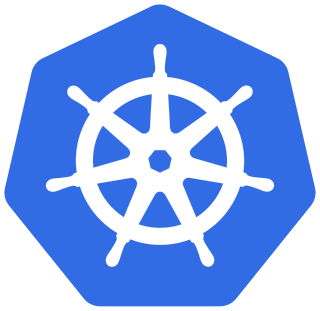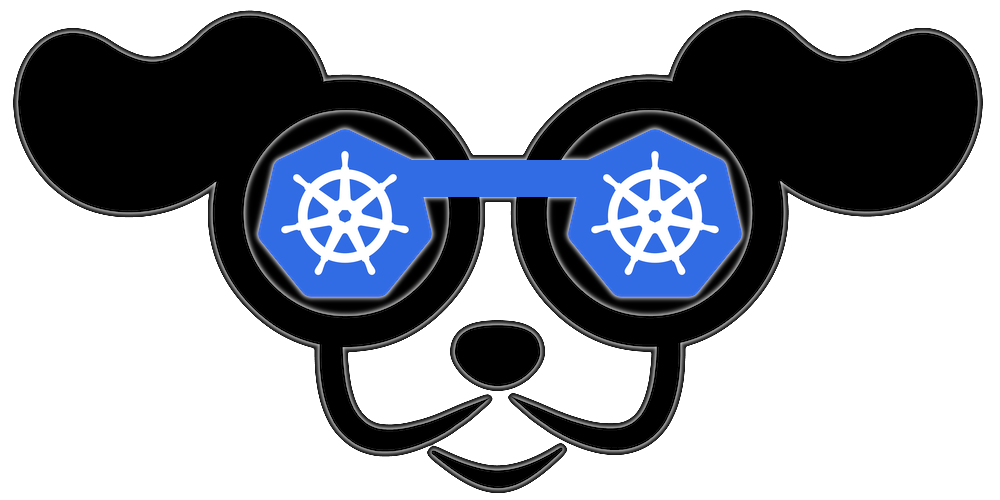The Top Kubernetes Management Tools for Streamlined Operations
Published:
The Best Kubernetes Management Tools for Efficient Cluster Operations

Managing Kubernetes clusters effectively is essential for seamless deployment, scaling, and monitoring of containerized applications. As Kubernetes adoption continues to grow, so does the need for robust management tools to simplify cluster operations. In this blog, we’ll explore some of the best Kubernetes management tools that can help you navigate the challenges of running and maintaining Kubernetes clusters.
1. Rancher: The Complete Kubernetes Management Platform
Rancher is a powerful Kubernetes management platform that provides end-to-end management of Kubernetes clusters. It offers a user-friendly web interface to create, manage, and monitor multiple Kubernetes clusters across different cloud providers and on-premises environments. Rancher simplifies tasks like cluster provisioning, centralized authentication, and access control. It also provides advanced features like Helm chart management, built-in GitOps support, and seamless integration with various cloud-native tools. Rancher is an excellent choice for teams looking for a comprehensive Kubernetes management solution.
2. k9s: An Interactive Kubernetes CLI Dashboard

k9s is a terminal-based CLI dashboard for managing Kubernetes clusters interactively. With its intuitive interface, k9s allows users to navigate and manipulate Kubernetes resources using keyboard shortcuts. It provides real-time insights into cluster metrics, resource utilization, and health status. k9s is particularly popular among developers and operators who prefer a fast and efficient way to interact with Kubernetes clusters without leaving the terminal. Its simplicity and versatility make it an essential addition to any Kubernetes toolkit.
3. Kubectl: The Swiss Army Knife of Kubernetes
kubectl is the official command-line tool for Kubernetes, and it is the Swiss Army knife of Kubernetes management. As the primary interface for interacting with Kubernetes clusters, kubectl allows users to create, update, and delete resources, as well as view logs and debugging information. Its extensibility and compatibility with various Kubernetes versions make it an indispensable tool for administrators and developers working with Kubernetes.
4. Kubeconfig: Centralized Kubernetes Configuration Management
The kubeconfig file is a critical component for managing Kubernetes clusters effectively. It contains authentication details, cluster information, and context settings that enable users to access multiple Kubernetes clusters seamlessly. By configuring and organizing kubeconfig files correctly, users can switch between clusters and namespaces effortlessly, simplifying multi-cluster management.
5. Kubectx and Kubens: Simplify Context and Namespace Switching
Kubectx and Kubens are small but powerful tools that make switching between Kubernetes contexts and namespaces a breeze. Kubectx allows users to manage and switch between different Kubernetes clusters easily, while Kubens simplifies the process of switching between namespaces within a cluster. These tools are especially useful for those who frequently work with multiple clusters and namespaces.
Conclusion
Kubernetes management tools like Rancher, k9s, kubectl, kubeconfig, Kubectx, and Kubens play a vital role in simplifying the administration and operation of Kubernetes clusters. Whether you need a comprehensive management platform or a terminal-based dashboard, these tools cater to various user preferences and requirements. By incorporating these tools into your Kubernetes workflow, you can enhance your productivity, streamline operations, and ensure the efficient management of your Kubernetes infrastructure.

